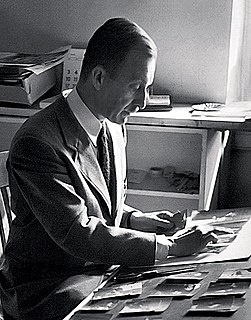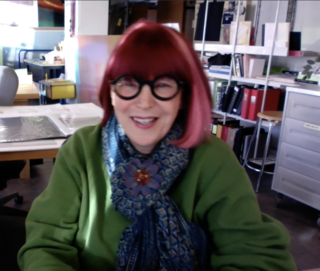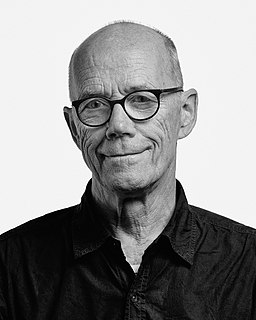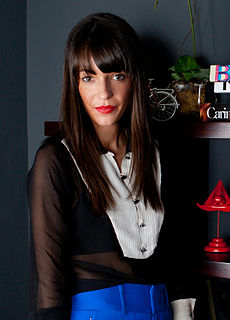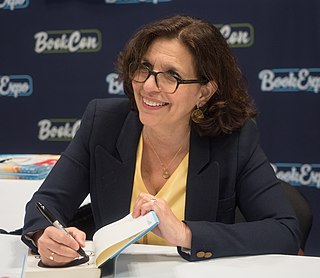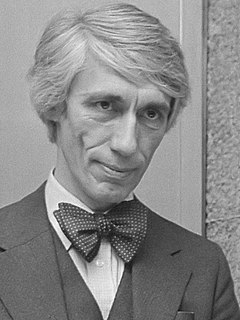Top 63 Quotes & Sayings by Michael Bierut
Explore popular quotes and sayings by a graphic designer Michael Bierut.
Last updated on April 18, 2025.
I have a bunch of calendars I used before I went digital. Every once in a while, I'll open up one from 1991 and look at all the names and appointments and things that, at the time, seemed so important. Meetings that I was really worried about, things that I was getting calls four times a day about, and I wonder, "Where did it all go? Where are they now?" It's so strange, everything has disappeared. The only thing that stays behind is the work.
It was 4 or 5 years into my first design job before the idea of doing graphic design on computers started taking hold. I started working in 1980, the Macintosh was introduced in 1984, then the real desktop publishing only started coming around in 85-86, but it wasn't really until the end of the decade that the transition became irresistible.
Sometimes I will give some very vague directions to the designer that I'm working with on a particular project and they'll come back and surprise me with something that really shows a lot of their own 'hand' in it. Other times I'll have a really clear idea about how I want it done and I'll draw it out pretty precisely and say 'make it look exactly like this' and it will be something where it looks like I can say it was 'fully my design'. The work can also range between the two.
The Nike swash that cost $30 and was designed by a Portland State University art student was probably worth that when she first showed it to them. At that point it had no equity at all. None of the guys commissioning it particularly liked it, they all wanted the Adidas three stripes and they thought that was a good logo.
I wanted to be a graphic designer from the time I was 15, without ever having actually met one. I lived in the mid-west, not in a media centre, and I didn't know anyone who did that for a living. It took me a while to find out what that thing I wanted to do was actually called, but once I sorted that out I got really interested in it.
I think that you could design a terrible logo for a good company with great people and they could build it into a great program. Alternatively you could design what seems to be a brilliant logo for people who are not smart or energetic or are incapable of associating with anything positive and it would become a terrible logo.
There was a time when most people had a choice between two kinds of personal communication, handwriting or using a typewriter. Today, people are invited to choose from a list of (surprisingly exotic) typefaces every time they turn on their computer. I think this has made everyone more aware of the idea that picking a typeface is a conscious choice.
Certain kinds of typeface design and typographic design are designed to persuade: we can make this company look modern if we use a crisp sans serif typeface, or we can make this restaurant look like its been around forever if we use typefaces and layout styles that have been around forever too. But there are other categories, and ballot design is one of them, where the goal should be to be purely functional. There have been notable failures in this category.
A lot of times, you design a logo to be timeless, but with something like the Olympics, timelessness is maybe not something you should be going for. Maybe you should be trying to come up with something that will really become associated with a moment in time, a few weeks, that happened, period. Then you look back, think about it and connect it with that time. It may look dated later but it will be still be evocative.

